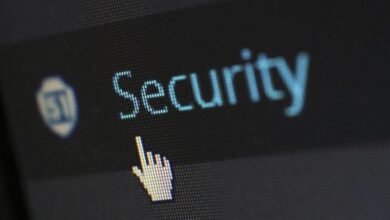Unknown Caller Tracing 3492654133 3450583556 3274953314 3519383517 3282385147 3533719966

The rise of unknown callers presents a growing concern for many individuals. Numbers such as 3492654133, 3450583556, and others pose a challenge in identifying their sources. Various tools and techniques exist to trace these calls effectively. Understanding the landscape of caller identification can empower users. However, the methods and best practices for distinguishing legitimate calls from potential scams warrant further exploration. What steps can be taken to enhance personal security against these unknown threats?
Understanding Unknown Callers
In an increasingly connected world, understanding unknown callers has become essential for effective communication and personal security.
Caller identification technologies have evolved, yet privacy concerns persist. Users must navigate the balance between gaining information about incoming calls and protecting their personal data.
Awareness of potential risks associated with unknown callers is crucial for maintaining autonomy in an era dominated by digital interactions.
Tools for Tracing Unknown Numbers
Although unknown callers can pose a challenge to personal security, various tools are available for tracing these numbers and identifying their origins.
Reverse lookup services can reveal the identity associated with a number, while call blocking features on smartphones help users manage unwanted communications effectively.
Utilizing these tools empowers individuals to reclaim their privacy and assert control over their communication landscape.
Steps to Identify Mysterious Callers
How can individuals effectively identify mysterious callers? Utilizing caller identification methods is key.
First, they can implement reverse phone lookup services to retrieve caller information.
Additionally, analyzing call patterns and cross-referencing with known contacts can provide insights.
Employing these techniques allows individuals to discern the identity of unknown callers, empowering them to make informed decisions about answering or blocking calls.
Protecting Yourself From Phone Scams
Vigilance is essential for individuals seeking to protect themselves from phone scams. Enhanced scam awareness can be achieved through caller identification tools, which help verify the legitimacy of incoming calls.
Individuals should remain skeptical of unsolicited requests for personal information. Staying informed about common tactics used by scammers can significantly reduce the risk of falling victim to fraudulent schemes, thus promoting personal freedom and security.
Conclusion
In an increasingly interconnected world, the challenge of unknown callers looms large. By employing effective reverse phone lookup services and caller identification technologies, individuals can demystify these unsolicited communications. As one considers the implications of receiving an unknown call, one must ask: what secrets lie behind that seemingly innocuous number? Vigilance and the right tools not only protect personal privacy but also empower users to navigate the complexities of modern communication with confidence.



